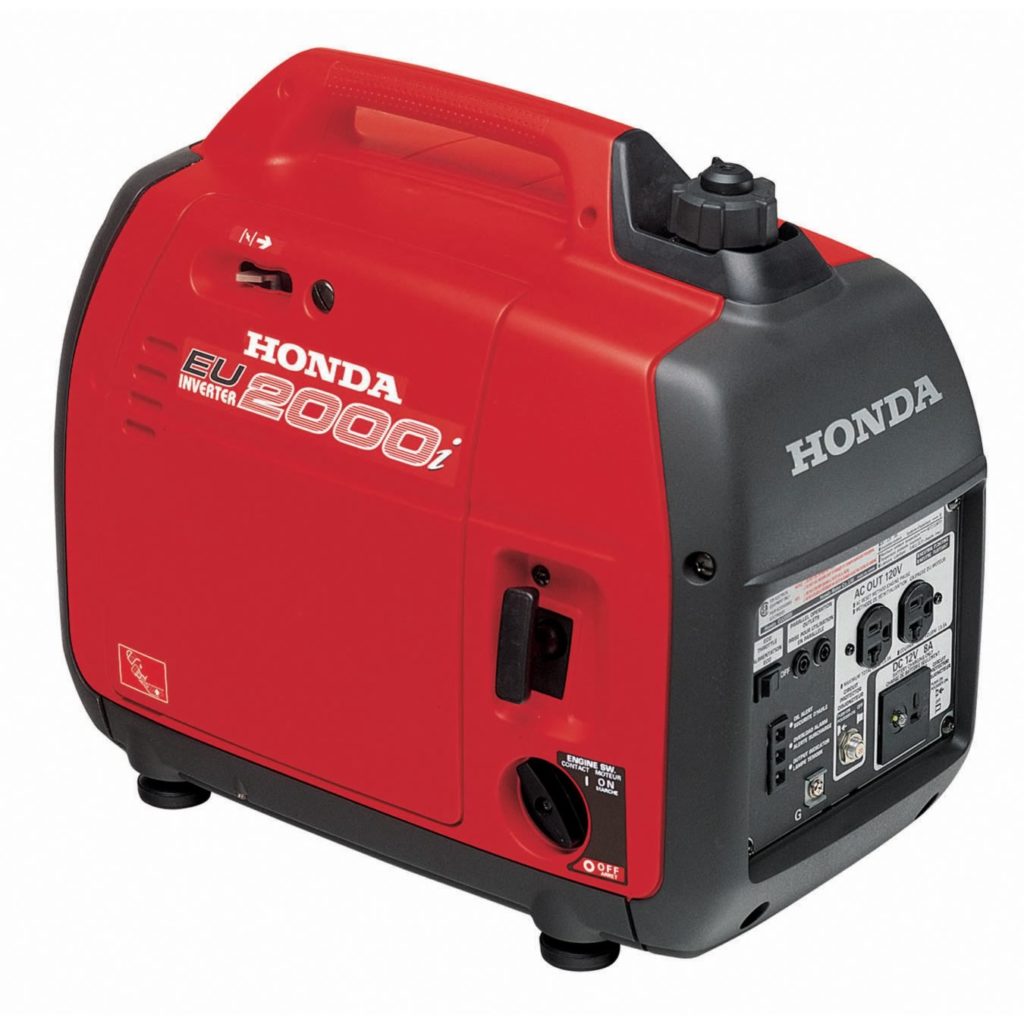
eu2000ikn_pe_imglg_8551.jpg
 

One of our readers, Rick, sent in an interesting query regarding last week’s post on The Appetite for Amps Goes Down.
To quote Rick: “Good article Ed. One thing I’d like to know about these units too is the start-up current they draw. I’m likely to be using a Honda EU2000i portable generator and would like to size the AC accordingly. I do believe there are “soft start” gadgets to get these types of loads up and running without tripping the breaker on the genny”.
Well to Rick’s question there are several points I’d like to make that might help him out here. First and foremost, Rick you need to understand that I’m not a fan of using the portable gasoline fueled generators you mention on boats. Not because I have anything against Honda. I drive one….. They make fine products. But these generators, even though I’ve seen them being hawked at boat shows are not really intended for use as on board sources of AC power. They’re great as emergency power sources and to function as a back-up or temporary source of power at a job site or for a tailgate party at a football game or even to power up the flat screen TV while camping. But, they use a gasoline fueled engine that no matter how clean burning emits dangerous carbon monoxide gas. These generators are meant to be used in well ventilated areas ONLY! Temporarily mounting one of these generators on a boat can create a serious potential safety hazard. Further, due to their grounding system design, they may or may not be compliant with ABYC standards that require a neutral to ground link at the source of AC power. I’m not certain on the particular model Rick mentions, and couldn’t find a wiring diagram to tell me one way or the other. Historically these units were problematic in this area.
As for the power available for start-up, for sure there are soft start devices available, the Charles Industries unit shown above is one example. The unit shown is really designed for much heavier loads than Rick is contemplating here, but for sure these units are available.
I’m not certain what the start-up amperage draw for the specific Dometic compressors I mentioned in The Appetite for Amps Goes Down is, but based on a quick survey of Dometic products at one website I checked, it looks like their typical start-up draw for AC compressors is approximately 5 X the running current, which is not atypical. I do know that most of the inverters I have dealt with over the years can easily handle twice their continuous rating for start up concerns. Key point, for a very short time duration! It does not look like that is the case with this Honda generator. I checked the spec sheet for it and it is rated a 2000 watts (16.7 Amps@ 120 VAC) maximum and 1600 Watts or 13.3 Amps continuous. So, really light duty in the grand scheme of things, and Rick based on that, I’d say don’t try it with this particular generator.
The bottom line on all of this is really rather simple and to Rick’s question, when calculating loads you really do have to take into account peak start-up current when trying to determine the appropriate rating for any power source.







